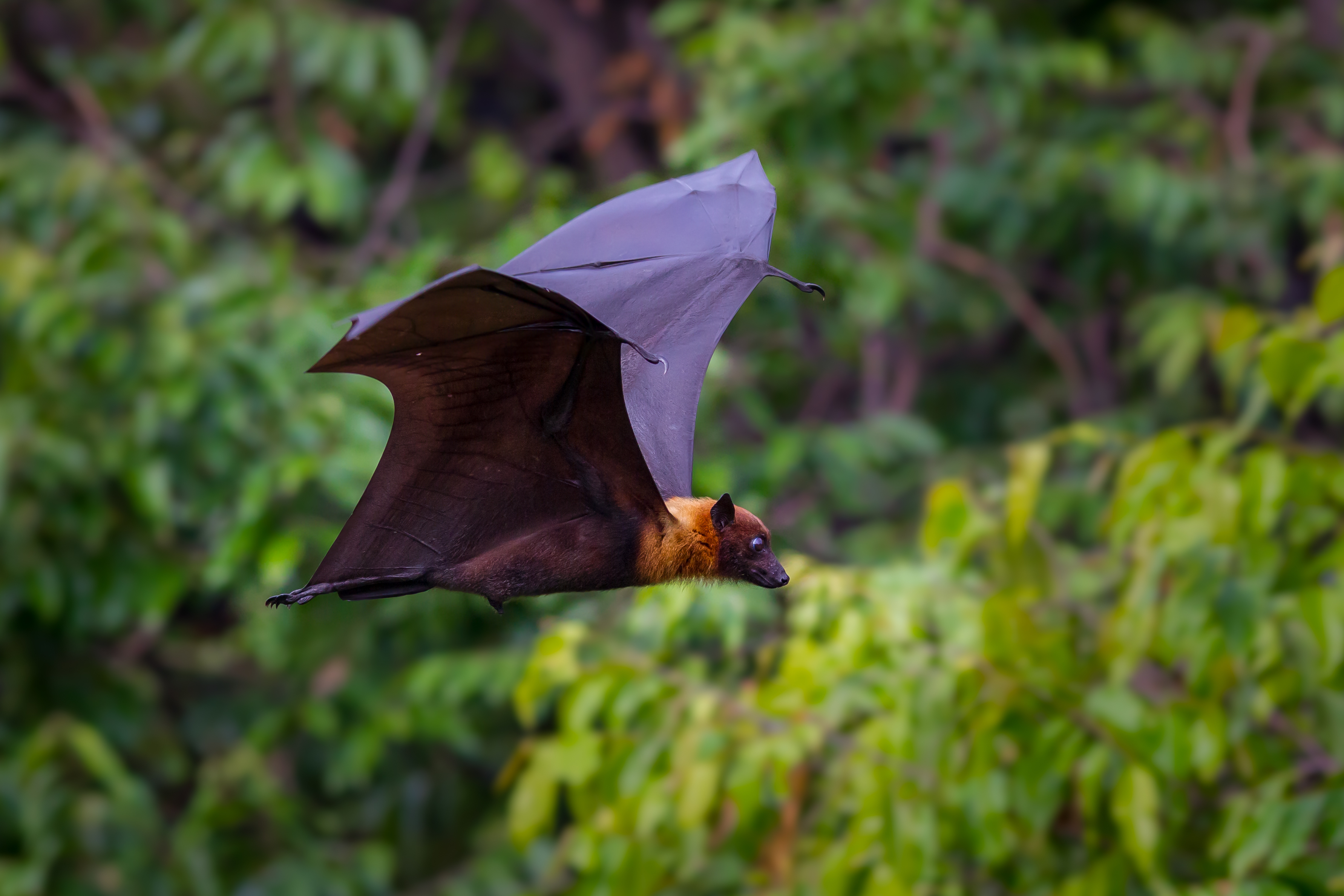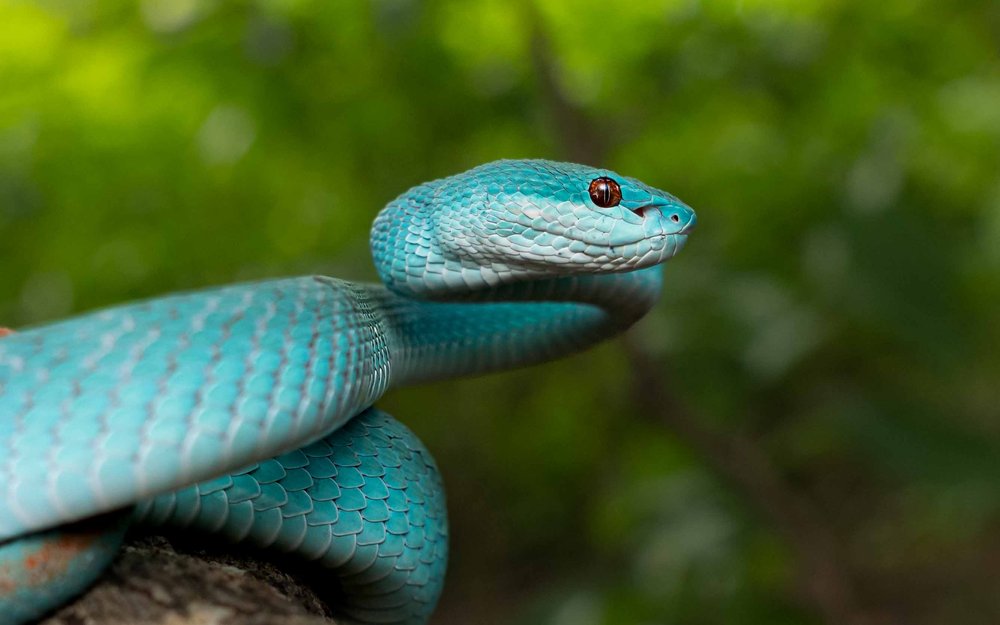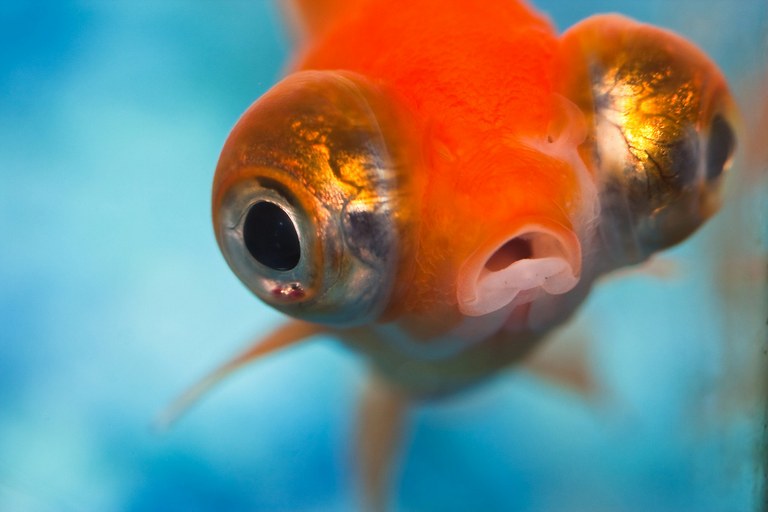Infrared light is a type of electromagnetic radiation that is invisible to the human eye but can be detected as heat. Some animals, however, have evolved to see in the infrared spectrum, using it to hunt, navigate, and defend themselves.
In this article, we will explore the top 8 animals that can see infrared, according to. These animals include both cold-blooded and warm-blooded species, with some being able to see both the infrared and ultraviolet spectrums.
You are reading: The Top 8 Animals That Can See Infrared
While we cannot see infrared light, we can use instruments such as infrared cameras to detect it, which has allowed us to study the universe in new ways.

Top 8 Animals That Can See Infrared
Pit Viper

Pit vipers, a subfamily of venomous snakes known as Crotalinae, possess a remarkable ability to see in the infrared spectrum. These snakes can accurately strike their prey even in the absence of light and detect warm objects from several meters away.
The key to their infrared vision lies in their unique pit organs, which are located between their eyes and nostrils. These organs contain a thin membrane that can detect infrared radiation from warm-blooded sources.
The infrared detection mechanism in pit vipers is different from the photoreceptors that detect visible light. Instead, the protein in their pit organs is a type of transient receptor potential channel, TRPA1, which is a temperature-sensitive ion channel. This means that the snakes sense infrared signals through a mechanism involving the warming of the pit organ, rather than a chemical reaction to light.
Having two front-facing pit organs helps pit vipers triangulate the direction and distance of warm-blooded prey in total darkness. The heat of a small mouse, for example, acts as a bright beacon signaling the snake’s next meal.
In addition to hunting, infrared sensing may also be important for predator avoidance and thermoregulatory behavior in these snakes.
Scientists have long been fascinated by the infrared vision of pit vipers, and research in this field has shed light on the molecular and physiological basis of their unique ability.
Understanding how these snakes can see in the infrared spectrum may have applications in various fields, including biophysics and engineering.
Vampire Bat
Vampire bats, known for their unique feeding habits, have also developed a specialized ability to see in the infrared spectrum. This infrared sensing allows them to locate blood vessels in their warm-blooded prey, making it easier for them to feed efficiently and without alerting their victims.
The key to the vampire bat’s infrared vision lies in its specialized heat-detecting molecules, which are similar to the pain-sensing cells in the human tongue. These molecules, called TRPV1, are found on the bat’s upper lips and are responsible for detecting heat radiating from the warm veins near the surface of their prey.
Read more : 7 Types Of Discus Fish Ranked By Beauty
While other animals also have TRPV1 molecules, the vampire bat’s version is specifically tuned to respond to lower temperatures, such as those of mammal blood.
Vampire bats have three leaf-shaped pits around their nose that are riddled with unusually large nerves, similar to those found in the pits of heat-seeking snakes.
These pits and their infrared sensing ability allow the bats to detect infrared radiation from their prey, even from a distance of 20 centimeters. By using this ability, they can find hotspots where blood flows closest to the skin and easily access it with a bite.
Research on vampire bats’ infrared sensing is still ongoing, with scientists continuing to study the physiology and mechanisms behind this unique adaptation.
Understanding how these bats can see in the infrared spectrum may provide insights into the evolution of infrared vision in other animals and potentially inspire new technologies for human use.
Goldfish

Goldfish have a unique ability to see both infrared and ultraviolet light, which is not found in many other animals. This ability is due to the presence of four colored cones in their eyes, which allow them to see and measure food and threats not only in visible light but also based on their reflections in the water. Infrared light has longer wavelengths than visible light, while ultraviolet light has shorter wavelengths than visible light.
The ability to detect infrared wavelengths increases the sensitivity of goldfish’s eyes and allows for better night vision. Additionally, goldfish’s eyes are sensitive to polarized light, which helps them navigate in murky waters.
Research on how fish, including goldfish, see in the infrared spectrum is still ongoing. However, the discovery of this unique ability has provided insights into the evolution of vision in aquatic animals and may have potential applications in fields such as underwater exploration and surveillance.
Mosquito
Mosquitoes are known for their ability to detect the warmth of their prey, which they use to locate and feed on humans and other animals.
While mosquitoes do not have the ability to see in the infrared spectrum, they use other sensory mechanisms to detect heat. Here are some of the ways mosquitoes sense heat:
– Carbon dioxide: Mosquitoes are attracted to the carbon dioxide that humans and other animals exhale, which is a sign of a potential meal.
– Skin temperature: Mosquitoes can detect the warmth of their prey’s skin, which is usually warmer than the surrounding air.
– Heat receptors: Recent research has identified a gene called Ir21a that is responsible for detecting heat in mosquitoes. This gene is active in the tips of a few structures in the mosquito’s antenna, which allows them to sense the heat of their prey from a distance.
While mosquitoes do not have the ability to see in the infrared spectrum, researchers are exploring the use of near-infrared spectroscopy (NIRS) to assess key entomological parameters of malaria-transmitting mosquitoes. Additionally, infrared insect-killing systems have been developed to control mosquito populations.
Understanding how mosquitoes sense heat may provide insights into the development of new strategies for mosquito control and disease prevention.
Salmon
Salmon have the ability to see in the infrared spectrum, which helps them navigate upstream to their spawning grounds. Here’s how they do it:
– Salmon are born in freshwater streams and rivers, and when it’s time to spawn, they swim upstream to reach their breeding grounds.
– These streams can be murky and filled with sediment, making it difficult for the salmon to see.
– To compensate for this, salmon have a simple biochemical switch in their retinas that gradually enhances their ability to see infrared light.
– Infrared light has longer wavelengths than visible light, which means it can penetrate murky water more effectively.
– By switching on their infrared vision, salmon can detect the heat signature of their spawning grounds and navigate more easily through the murky water.
– Salmon are not the only fish that have evolved the ability to see in the infrared spectrum. Other freshwater fish and amphibians have also developed this ability to navigate murky waters.
– Depending on their life stage, salmon can also perceive ultraviolet and infrared wavelengths.
Read more : Top 4 Largest And Most Dangerous Snakes In Mississippi
Understanding how salmon and other fish can see in the infrared spectrum may provide insights into the evolution of vision in aquatic animals and inspire new technologies for human use.
Cottonmouths
Cottonmouths, also known as water moccasins, are venomous semi-aquatic snakes found in the southeastern United States. Like all pit vipers, cottonmouths have a facial pit for sensing infrared radiation (heat). This pit is highly sensitive to infrared radiation and serves as a direction finder in locating warm-blooded prey or predators.
Here are some additional facts about cottonmouths:
– Cottonmouths have large, triangular heads with a dark line running through the eye and a spade-shaped head that is noticeably larger and thicker than their neck.
– They are excellent swimmers and feed primarily on aquatic species such as fish, amphibians, and small turtles, but they also eat birds, eggs, rodents, baby alligators, and other snakes.
– Cottonmouths use vision, touch, smell, and sound to perceive their surroundings. Their strongest sense is the sense of smell, which they use to analyze what is in the air around them.
– Cottonmouths are often confused with non-venomous water snakes, but they can be distinguished by their facial pits, which are visible as small holes between the eye and nostril.
– While cottonmouths are venomous, they are not aggressive and will usually try to avoid humans. If threatened, they will usually stand their ground and open their mouths wide to display their white, cotton-like interior, which is how they got their name.
Overall, cottonmouths are fascinating animals that have evolved unique adaptations to survive in their aquatic habitats, including their ability to sense infrared radiation.
Rattlesnakes
Rattlesnakes are a type of pit viper that have evolved the ability to sense infrared thermal radiation. This ability allows them to detect and target warm-blooded prey such as rodents and birds, even in the absence of visible light.
Here are some additional facts about rattlesnakes and their infrared sensing abilities:
– Rattlesnakes use pit organs, which are located between their eyes and nostrils, to sense infrared radiation.
– The pit organs contain a thin internal membrane that acts as an antenna for infrared radiation.
– The infrared sense of pit vipers is more advanced than that of other snakes, allowing them to strike prey accurately from several meters away.
– Blind or blindfolded rattlesnakes can strike prey accurately in the complete absence of visible light.
– While it does not appear that rattlesnakes assess prey animals based on their body temperature, they may deliberately choose ambush sites that facilitate infrared detection of prey.
– Recent research has shown that rattlesnakes select ambush orientation based on thermal backgrounds, indicating that they use their infrared sensing abilities to locate prey.
– Neurons in two brain nuclei extract the direction of moving warm-blooded prey with infrared receptors in their pit organs.
– The molecular basis of infrared detection in snakes is still being studied, but biophysical studies suggest that vipers can detect prey at distances up to 1 meter.
– Infrared sensing may also be important for predator avoidance and thermoregulatory behavior in rattlesnakes.
Overall, the infrared sensing abilities of rattlesnakes are a fascinating adaptation that allows them to hunt and survive in their environment.
Copperheads
Copperheads, also known as Agkistrodon contortrix, are venomous pit vipers that possess infrared-sensing facial pits. These pits, located between the eye and nostril on each side of the head, allow copperheads to detect minute differences in temperature and accurately strike the source of heat, often their potential prey.
Here are some additional facts about copperheads and their infrared sensing abilities:
– Copperheads are found in various regions of North America, including southern New England, northern Florida, and west to southern Indiana, western and southern Illinois, Missouri, southeastern Nebraska, and southwest through much of Oklahoma and Texas.
– Their bodies are distinctly patterned, with a series of dark, chestnut-brown or reddish-brown crossbands shaped like an hourglass, dumbbell, or saddlebag on a background of lighter brown, tan, salmon, or pinkish color.
– The infrared-sensing facial pits of copperheads are the end organs of a complex infrared-imaging system that allows them to make accurate and precise strikes on potential prey.
– Copperheads and their relatives, members of the genus Agkistrodon, have a wide distribution, with species living in Asia, Malaysia, southeastern Europe, North America, and Central and South America.
– These snakes primarily feed on small mammals, birds, and reptiles, and their behavior is similar to that of other pit vipers.
– Copperheads have muscular, thick bodies and keeled (ridged) scales, with heads that are somewhat triangular or arrow-shaped and distinct from the neck.
Overall, the infrared-sensing abilities of copperheads are a crucial adaptation that helps them hunt and survive in their environments.
FAQS
1. What is infrared light, and why is it important?
Infrared light is a type of electromagnetic radiation that is invisible to the human eye but can be detected as heat. Some animals have evolved to see in the infrared spectrum, using it to hunt, navigate, and defend themselves.
2. Which animals can see in the infrared spectrum?
Cold-blooded animals such as snakes, fish, and frogs can see infrared light. Some warm-blooded animals such as vampire bats and certain species of birds may also be able to detect infrared radiation.
3. How do animals see in the infrared spectrum?
Animals that can see in the infrared spectrum have specialized cells or organs that can detect infrared radiation. For example, pit vipers have facial pits that contain a thin internal membrane that acts as an antenna for infrared radiation.
4. Can humans see in the infrared spectrum?
No, humans cannot see in the infrared spectrum without special equipment such as infrared cameras.
5. What are some applications of studying animals that can see in the infrared spectrum?
Studying animals that can see in the infrared spectrum may provide insights into the evolution of vision in different species and inspire new technologies for human use. For example, infrared cameras have been used in various fields such as surveillance, medicine, and astronomy
Source: https://petstutorial.com
Category: Animals










